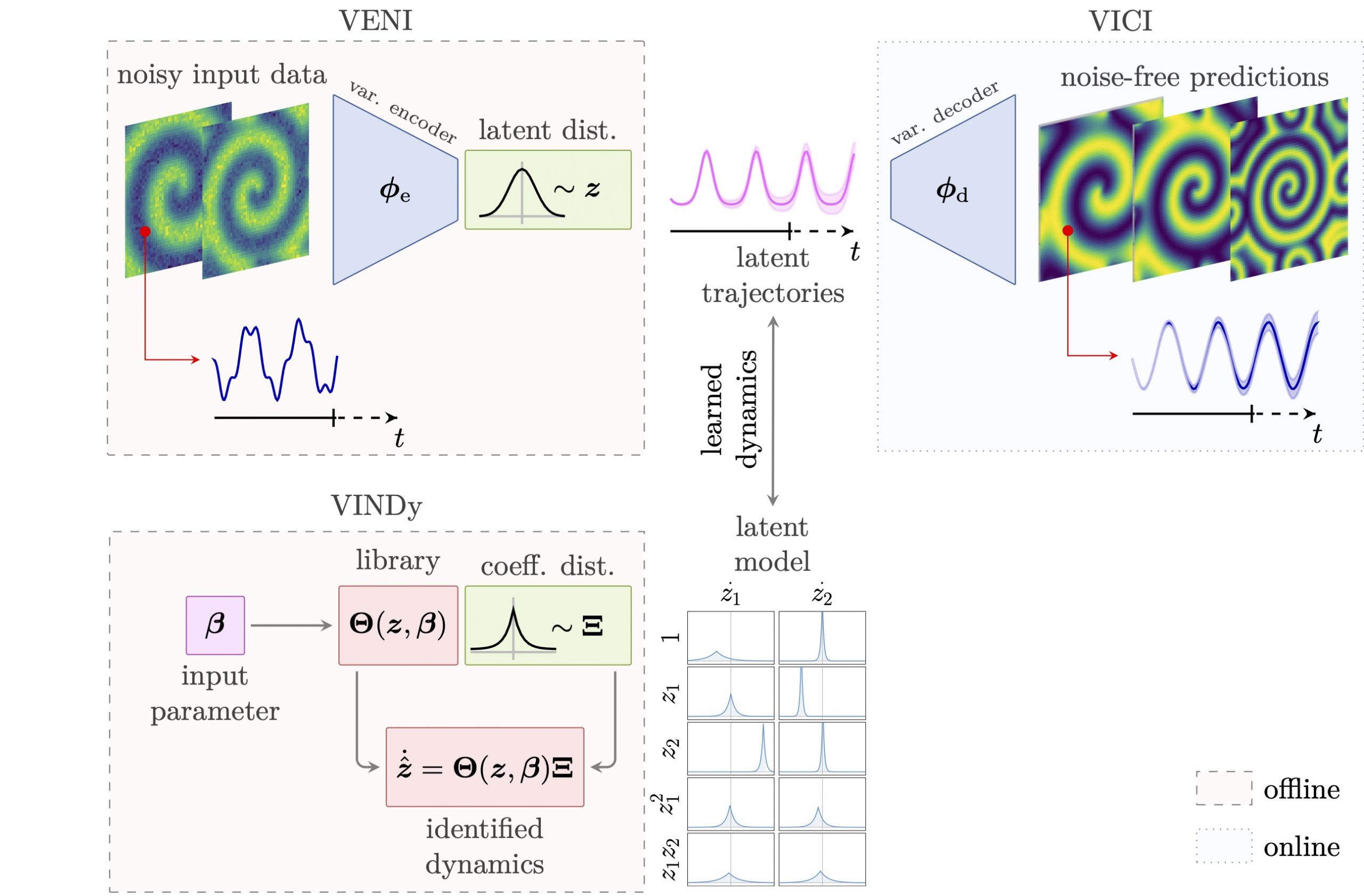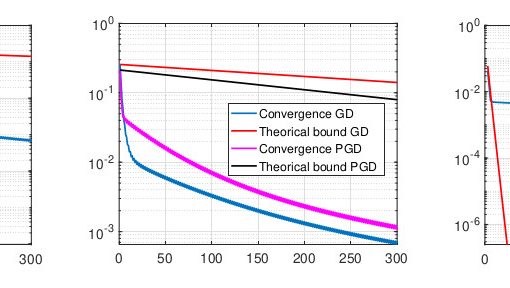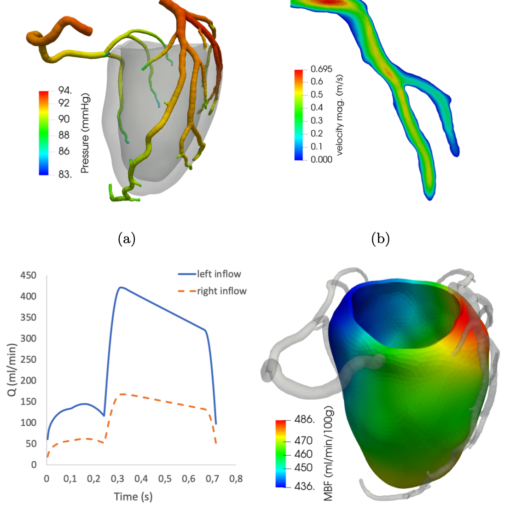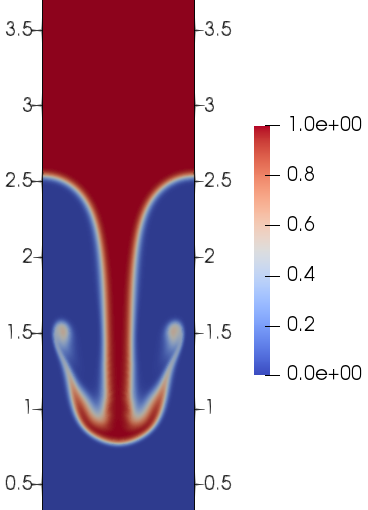A new MOX Report entitled “VENI, VINDy, VICI – a variational reduced-order modeling framework with uncertainty quantification” by Conti, P.; Kneifl, J.; Manzoni, A.; Frangi, A.; Fehr, J.; Brunton, S.L.; Kutz, J.N. has appeared in the MOX Report Collection. Check it out here: https://www.mate.polimi.it/biblioteca/add/qmox/93-2024.pdf Abstract: The simulation of many complex phenomena in engineering and science requires solving expensive, high-dimensional systems of partial differential equations (PDEs). To circumvent this, reduced-order models (ROMs) have been developed to speed up computations. However, when governing equations are unknown or partially known, or when access to full order solvers is restricted, typically ROMs lack interpretability and reliability of the predicted solutions. In this work we present a data-driven, non-intrusive framework for building ROMs where the latent variables and dynamics are identified in an interpretable manner and uncertainty is quantified. Starting from a limited amount of high-dimensional, noisy data the proposed framework constructs an efficient ROM by leveraging variational autoencoders for dimensionality reduction along with a newly introduced, variational version of sparse identification of nonlinear dynamics (SINDy), which we refer to as Variational Identification of Nonlinear Dynamics (VINDy). In detail, the method consists of Variational Encoding of Noisy Inputs (VENI) to identify the distribution of reduced coordinates. Simultaneously, we learn the distribution of the coefficients of a pre-determined set of candidate functions by VINDy. Once trained offline, the identified model can be queried for new parameter instances and/or new initial conditions to compute the corresponding full-time solutions. The probabilistic setup enables uncertainty quantification as the online testing consists of Variational Inference naturally providing Certainty Intervals (VICI). In this work we showcase the effectiveness! of the n ewly proposed VINDy method in identifying interpretable and accurate dynamical system for the Rossler system with different noise intensities and sources. Then the performance of the overall method – named VENI, VINDy, VICI – is tested on PDE benchmarks including structural mechanics and fluid dynamics.
You may also like
A new MOX Report entitled “Variable reduction as a nonlinear preconditioning approach for optimization problems” by Ciaramella, G.; Vanzan, T. has appeared […]
A new MOX Report entitled “Personalized pressure conditions and calibration for a predictive computational model of coronary and myocardial blood flow” by […]
A new MOX report entitled “An implicit DG solver for incompressible two-phase flows with an artificial compressibility formulation” by Orlando, G. has […]
A new MOX Report entitled “On the inf-sup condition for Hierarchical Model reduction of the Stokes problem” by Temellini, E.; Ballarin, F.; […]





